GRIFTER NATION
A Mad Scramble to Stock Millions of Malaria Pills, Likely for Nothing
Sheryl Gay Stolberg, The New York Times•June 17, 2020

Dr. Stephen Hahn, the commissioner of the Food and Drug Administration, speaks at a coronavirus task force briefing with President Donald Trump in March, 19, 2020. (Doug Mills/The New York Times)
WASHINGTON — The Food and Drug Administration’s abrupt decision this week to revoke an emergency waiver for two malaria drugs promoted by President Donald Trump as potential “game changers” against the coronavirus has left 66 million doses stranded in the federal stockpile — and officials do not yet know what they will do with them.
The FDA’s withdrawal on Monday of its “emergency use authorization” for chloroquine and hydroxychloroquine did not go over well at the White House, where top aides to Trump had rushed in March to fill the federal stockpile. That included accepting a donation from pharmaceutical giant Bayer of 3 million tablets from a factory in Pakistan that had not been certified by the FDA as safe.
“This is a Deep State blindside by bureaucrats who hate the administration they work for more than they’re concerned about saving American lives,” Peter Navarro, Trump’s trade adviser, who helped distribute 19 million hydroxychloroquine pills, fumed in an interview Monday night.
Medical experts across the country — including those who are researching hydroxychloroquine — on Tuesday applauded the FDA’s withdrawal of the waiver after it concluded the drugs’ potential benefits did not outweigh their risks.
An FDA spokesman said the White House and Health and Human Services Secretary Alex Azar were made aware of the decision before it was announced. But Navarro’s anger seemed to capture the futility of the administration’s headlong efforts to yield to the president’s wishes and rush the two drugs into use, yet another example of how politics and science have collided in Trump’s Washington.
Besides Navarro, the internal debate over the malaria drugs included a well-known cast of characters: Trump, who took hydroxychloroquine for two weeks and insisted on Monday that it “certainly didn’t hurt me”; Dr. Anthony Fauci, the government’s top infectious disease expert; Rick Bright, who said he was ousted from his position as head of a federal research agency after complaining that Bayer’s chloroquine was not safe; and various Fox News personalities.
“They had a flimsy basis for the EUA in the first place,” Dr. Peter Lurie, the president of the Center for Science in the Public Interest, said, using the abbreviation for emergency use authorization. “It’s quite clear they were strong-armed into it by Navarro himself and others — not excluding radio, television talk show hosts, the president’s pals and some doctor in New York. And now they’ve got mud on their faces because they’ve belatedly come to their senses and done the right thing.”
In the end, none of the chloroquine was distributed from the stockpile; doctors preferred hydroxychloroquine, which is newer and has fewer side effects, they say. But its prospects as a treatment for COVID-19 also look dim.
As of Monday, the government has distributed 31 million tablets of hydroxychloroquine to state and local health departments, hospitals and research institutions; 63 million tablets remain, according to Carol Danko, a spokeswoman for the Department of Health and Human Services. Officials are working with the companies that donated the drugs to “determine the available options” for the products.
Bright, writing on Twitter on Monday night, offered his own idea: “The drugs should never have been brought into our country and should be destroyed. It took far too long for HHS to revoke this EUA.”
The frantic effort that led to the FDA’s emergency waiver began in mid-March, just days after Trump declared the coronavirus pandemic a national emergency, according to emails from Bright’s whistleblower complaint, some not previously made public, as well as interviews with people involved.
Patients lay dying on gurneys in hospital corridors in New York, governors pleaded with the federal government to send masks and other supplies, and physicians had no treatments. A French doctor, Didier Raoult, stoked interest in hydroxychloroquine with a video promoting it for COVID-19. Then the drugs attracted the attention of Silicon Valley tech investors and a New York lawyer, who appeared on Fox News with host Laura Ingraham in mid-March.

In New York, Dr. Vladimir Zelenko, a self-described “simple country doctor,” was giving coronavirus patients a three-drug cocktail that included hydroxychloroquine — and claiming that all had survived without need for hospitalization. (A federal prosecutor recently opened an investigation into Zelenko’s claims.)
With the Republican right, including Ingraham, Sean Hannity, Tucker Carlson and other Fox News personalities promoting hydroxychloroquine, Trump chimed in. By March 17, Bayer had offered the White House 3 million doses of chloroquine, which was discovered in the 1930s and is derived from the bark of the quinine tree.
Some versions of chloroquine are approved in the United States. Bayer’s was not. Top officials at Bright’s former agency, known as the Biomedical Advanced Research and Development Authority, or BARDA, were not enthusiastic about the donation; “in vitro,” or test tube, studies were not promising, they said.
“Not a lot of enthusiasm based on just vitro data,” Robert Johnson, an agency official, wrote in an email to a top aide to Dr. Robert Kadlec, the assistant secretary of health for preparedness and response. “Chloroquine has been shown to have in vitro effects on other microbes, but that has not panned out to clinical benefit.”
Kadlec and his aides, however, were insistent, the emails show. They wanted the chloroquine donation distributed widely as part of a clinical trial that would be sponsored by BARDA, with the National Institutes of Health providing the ethics panel, known as an “institutional review board,” overseeing the trial. At the same time, technology giant Oracle was developing a platform that, the White House hoped, could serve as a vehicle for doctors to enter data about the drug.

On March 23, the FDA’s top lawyer, Stacy Amin, dashed off an urgent email.
“Can we please start moving forward on BARDA sponsoring the chloroquine IND,” she wrote, referring to an “investigational new drug” application, documents that accompany a clinical trial. “The president is announcing this tonight and I believe the W.H. would like it set up by tomorrow with data to flow into the Oracle platform,” she added, referring to the White House.
By that time, other companies had donated tens of millions of tablets of hydroxychloroquine, which is approved in the United States and often used to treat lupus, rheumatoid arthritis and other autoimmune disorders, as well as for malaria prevention.
But top FDA officials, as well as Fauci, took a dim view of the clinical trial idea — and especially the Oracle platform, which they viewed as unworkable, according to three people involved in the decision-making. Bright, too, was balking; if the drugs had to be accepted into the national stockpile, he wanted their distribution tightly controlled.
Dr. Janet Woodcock, who heads the FDA’s Center for Drug Evaluation and Research, ultimately decided to issue the emergency use authorization but only for hospitalized patients who could not participate in clinical trials. In a recent interview, Kadlec said there was no pressure from the White House.
“Everything that was done here was trying to do something consistent with the president’s well-established policy of right-to-try and the secretary’s efforts to explore every opportunity to find appropriate measures,” he said. “Contrary to the recent narrative that said we don’t care about science, we do.”
The waiver was issued March 28. Less than a month later, the FDA issued a warning about the drugs, citing “reports of serious heart rhythm problems in patients with COVID-19 treated with hydroxychloroquine or chloroquine.”
In announcing Monday’s withdrawal of the waiver, the FDA said its “continued review of the scientific evidence” led officials to conclude that the two drugs are “unlikely to be effective in treating COVID-19” for the uses described in the waiver. That, combined with the concerns about cardiac effects, led to the decision, the agency said.

Rep. Greg Walden of Oregon, the top Republican on the House Energy and Commerce Committee, which oversees the FDA, expressed support for the decision.
“I trust Dr. Hahn; I think he follows the science,” Walden said, referring to Dr. Stephen Hahn, the FDA commissioner, who will testify before his committee next week. “Emergency use is a powerful tool in his toolbox. Without better data, I think it made sense to turn it off.”
The decision does not prevent doctors from prescribing hydroxychloroquine, also available through pharmacies, on their own, although it will probably discourage them from doing so. More than 50 clinical trials — including two large-scale studies conducted by the National Institutes of Health — of hydroxychloroquine are underway in the United States.
Navarro insisted that the FDA would have “blood on its hands” if any of those studies showed hydroxychloroquine was effective. Lurie, of the Center for Science in the Public Interest, said the opposite, calling the agency’s decision a triumph of “sound science” over “base political instincts.”
Dr. Adrian Hernandez, who directs the Clinical Research Institute at Duke University School of Medicine and has enrolled 550 health care workers in a clinical trial to study whether hydroxychloroquine is effective as a prophylactic, agreed. But the controversy over the drug has discouraged participation, he and other researchers have said.
“We should only be using these types of drugs within clinical trials until proven useful,” Hernandez said, adding, “From a policy perspective, the EUA was a complete failure.”
This article originally appeared in The New York Times.
© 2020 The New York Times Company


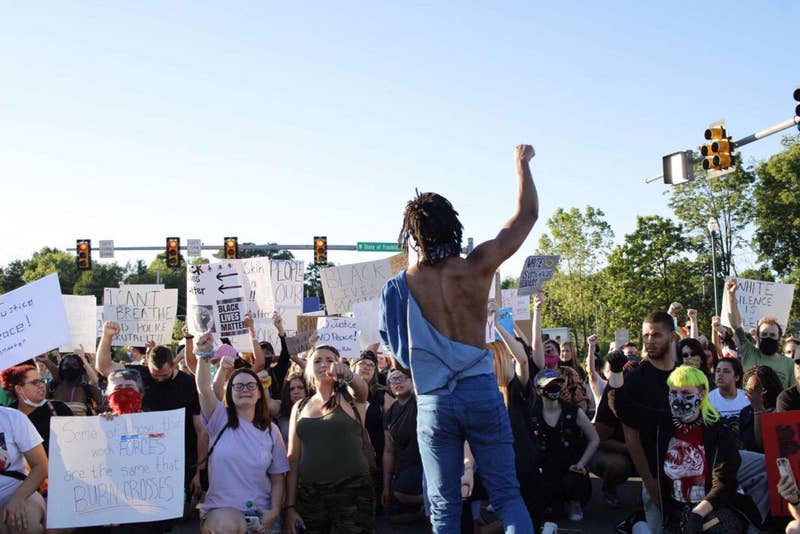







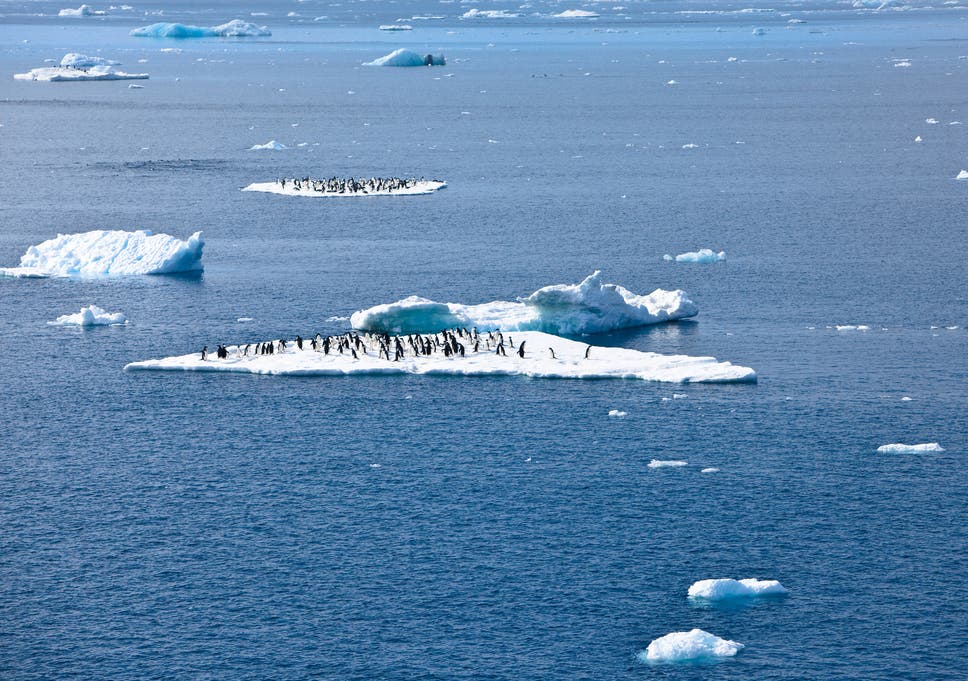

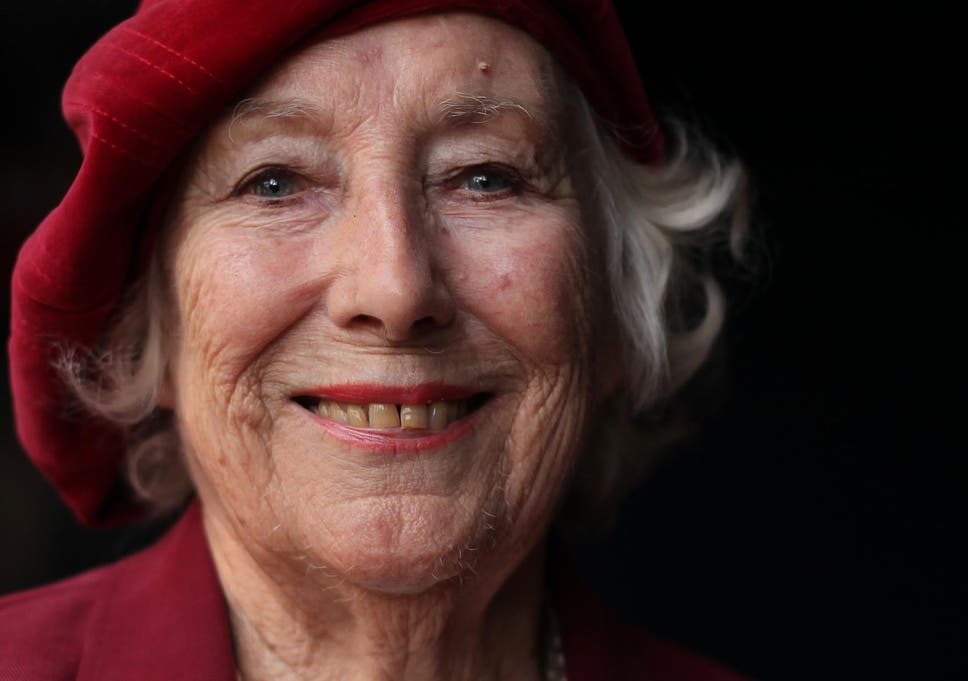
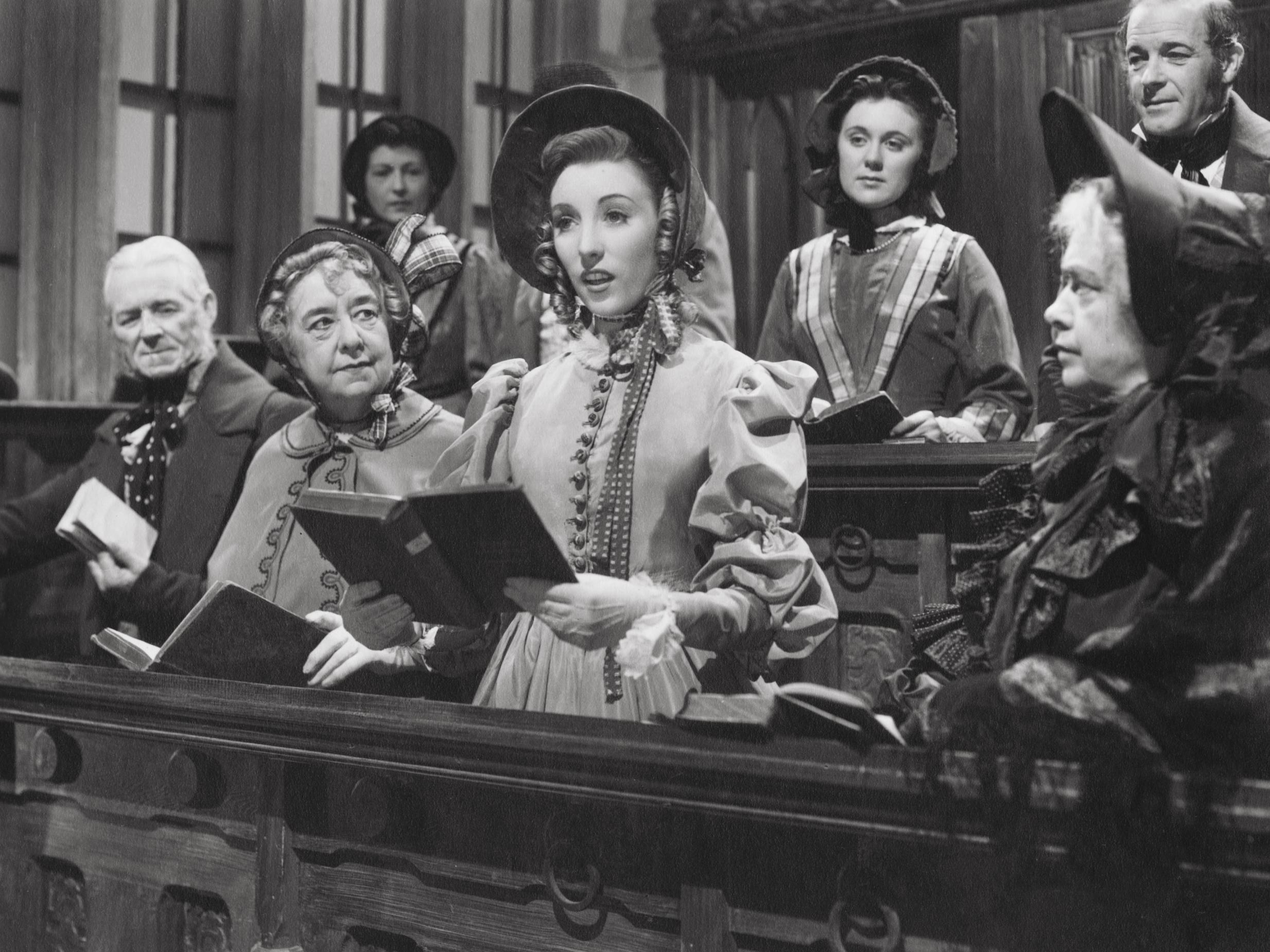

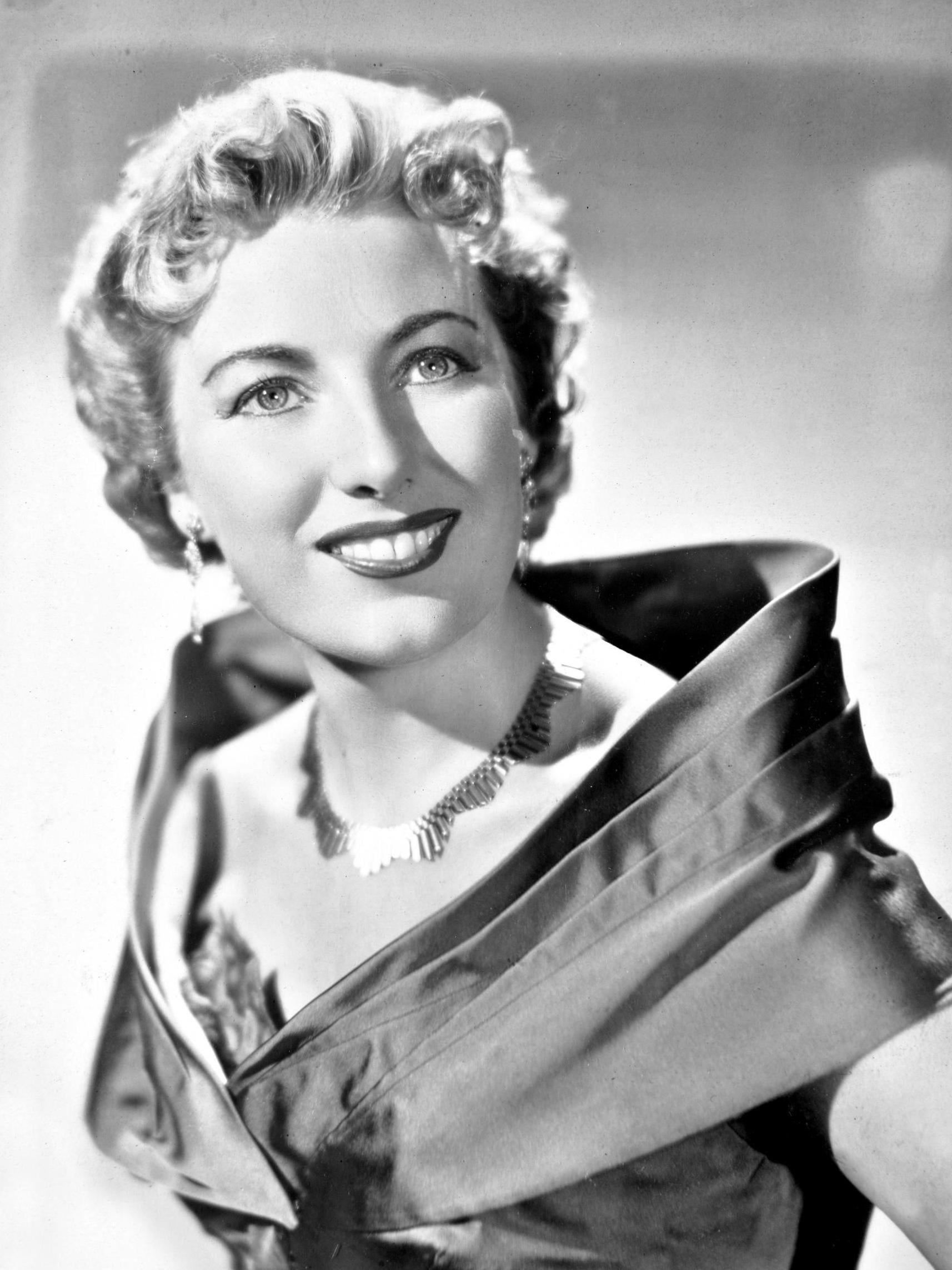
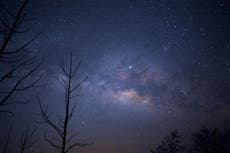
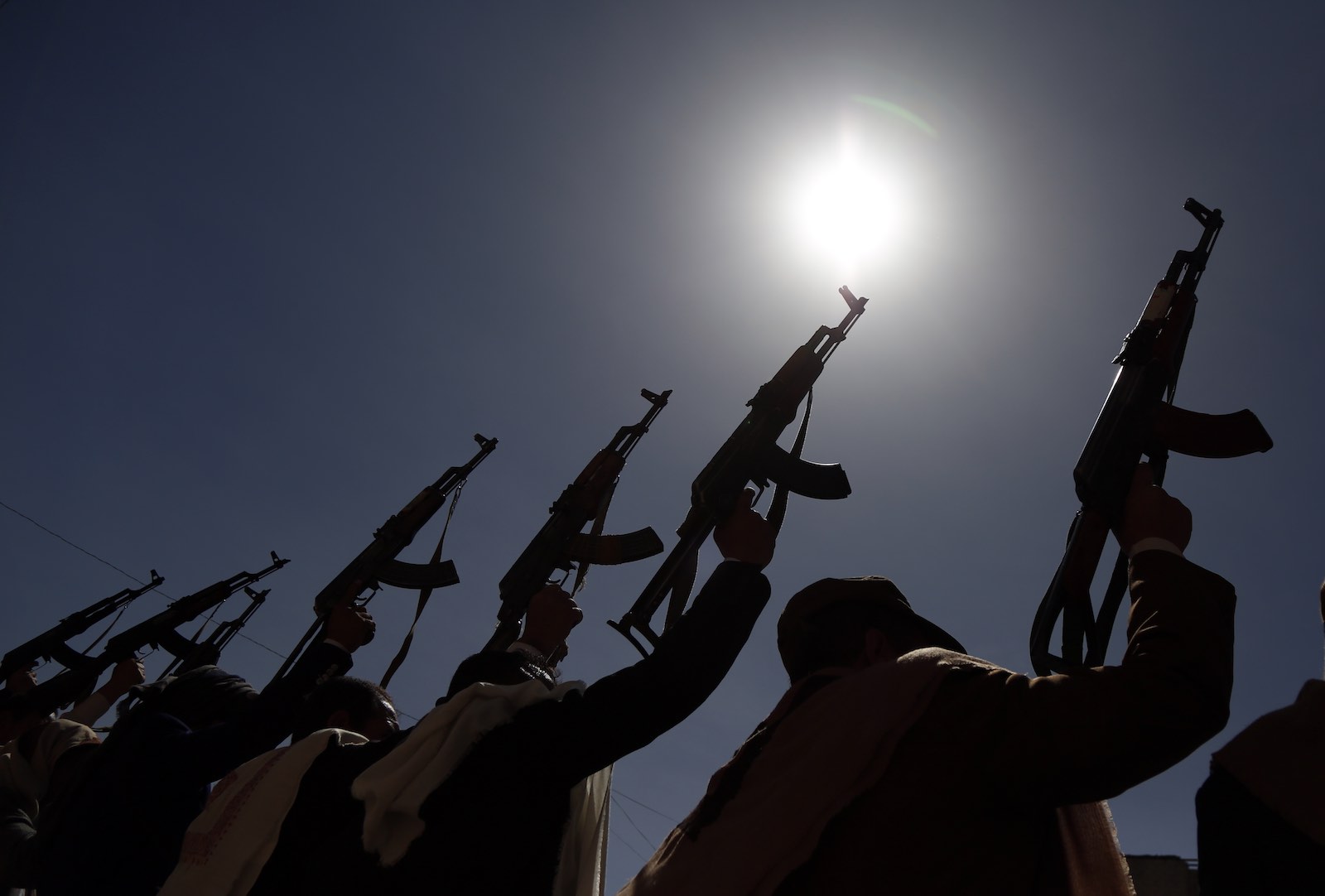
 UN humanitarian chief Mark Lowcock (onscreen) briefs members of the Security Council during a video teleconference on the situation in Yemen, 16 April 2020 (UN Photo)
UN humanitarian chief Mark Lowcock (onscreen) briefs members of the Security Council during a video teleconference on the situation in Yemen, 16 April 2020 (UN Photo)